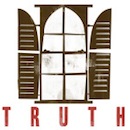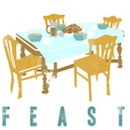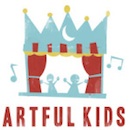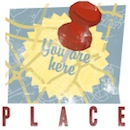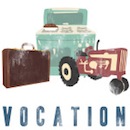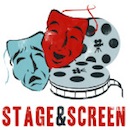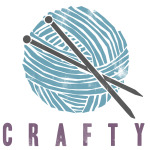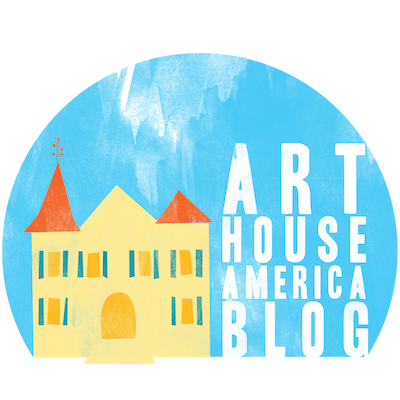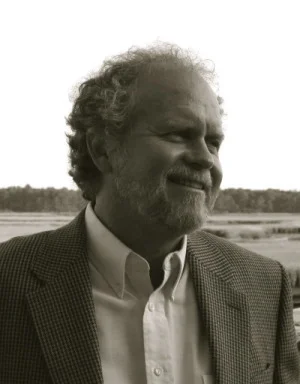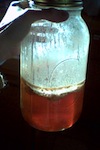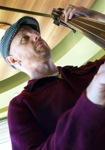In our little town of Nashville, the photographer Jeremy Cowart is something of a rock star. I suspect his renown is growing all around the world. When you consider that he’s made pictures of Sting, Imogen Heap, Carrie Underwood, Taylor Swift, Courtney Cox, Maggie Gyllenhaal, Ryan Seacrest, and traveled with Britney Spears in 2009 as her tour photographer, some fame and name recognition makes sense.
My favorite project that Jeremy envisioned is one called Help Portrait. Help Portrait is a world-wide movement stirring the hearts and hands of photographers to find someone in need, take their portrait, print it, and give it to them for free.
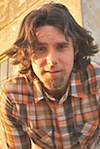 I’m hardly the first person to point out that the semantic confusion between “worship” and “music” has been damaging to both “worship” and “music.” This is not to say that the relationship between the two must be severed. On the contrary, I believe worship and the arts are linked in essential ways. But I also believe a third idea must be introduced in order for us to come to a fuller understanding of that relationship. That idea is “Justice.”
I’m hardly the first person to point out that the semantic confusion between “worship” and “music” has been damaging to both “worship” and “music.” This is not to say that the relationship between the two must be severed. On the contrary, I believe worship and the arts are linked in essential ways. But I also believe a third idea must be introduced in order for us to come to a fuller understanding of that relationship. That idea is “Justice.”  I’m hardly the first person to point out that the semantic confusion between “worship” and “music” has been damaging to both “worship” and “music.” This is not to say that the relationship between the two must be severed. On the contrary, I believe worship and the arts are linked in essential ways. But I also believe a third idea must be introduced in order for us to come to a fuller understanding of that relationship. That idea is “Justice.”
I’m hardly the first person to point out that the semantic confusion between “worship” and “music” has been damaging to both “worship” and “music.” This is not to say that the relationship between the two must be severed. On the contrary, I believe worship and the arts are linked in essential ways. But I also believe a third idea must be introduced in order for us to come to a fuller understanding of that relationship. That idea is “Justice.” 